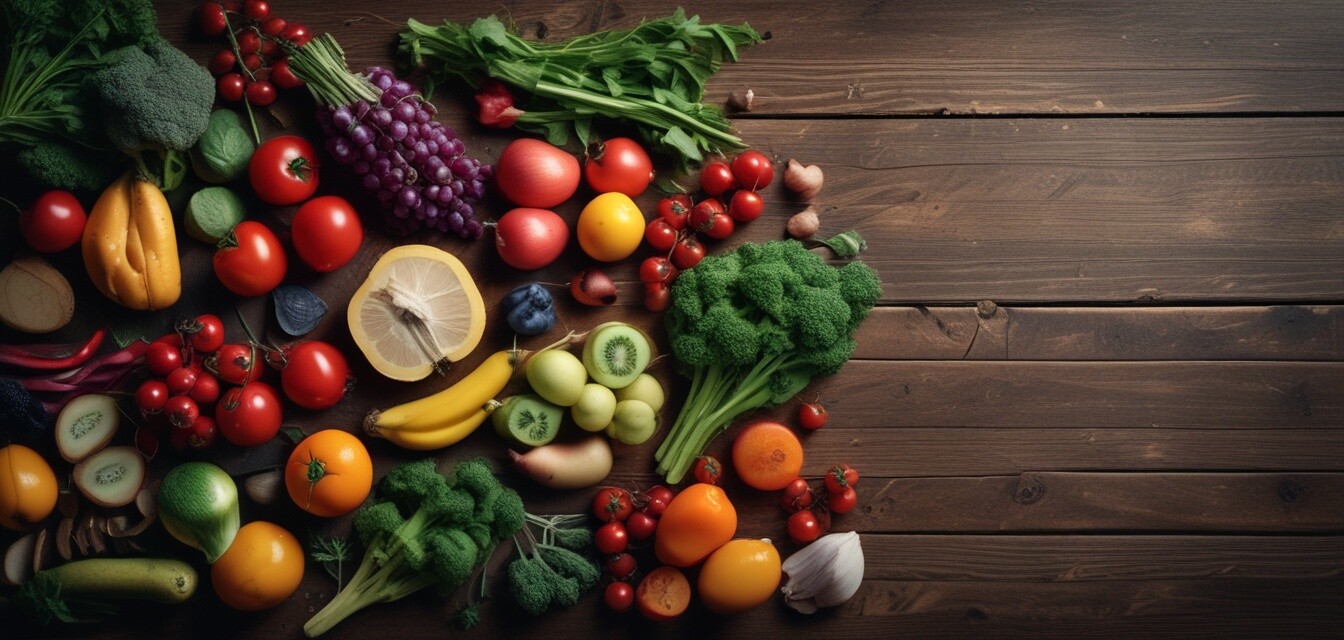
Disclosure: The FTC requires that this article indicate that it was created using AI and is not based on personal experience. It includes affiliate links, which means we may earn a commission if you purchase through these links at no extra cost to you. As Amazon Associates, we earn from qualifying purchases. Product recommendations and endorsements were generated by AI and do not reflect personal opinions or real-world use.
Using seasonal ingredients in large group meals
Key Takeaways
- Seasonal ingredients enhance flavor and nutritional value.
- Utilize planning and sourcing strategies for fresh produce.
- Consider meal scalability when using seasonal produce.
- Experiment with local flavors to create unique dishes.
- Incorporate seasonal ingredients into menu planning for better meals.
Creating meals for large groups can often become repetitive and bland if you stick to the same ingredients. However, incorporating seasonal ingredients can transform your dishes into vibrant culinary experiences that are not only delicious but also exciting. In this guide, we will explore how to effectively use seasonal ingredients in your large group meals, enhancing flavor and minimizing costs.
Why use seasonal ingredients?
Seasonal ingredients are those that are harvested at the peak of their growing season. They come with several benefits:
- Freshness: Seasonal produce is typically fresher, leading to better flavor.
- Nutritional value: Ingredients harvested in their season retain more nutrients.
- Cost-effective: Seasonal ingredients are often more economical due to lower supply chain costs.
- Support local farmers: Buying seasonal supports local agriculture.
How to source seasonal ingredients
Finding fresh seasonal produce is vital to ensuring quality in your large group meals. Here are some effective methods:
- Farmers' markets: A great source to find fresh and local seasonal ingredients.
- Community Supported Agriculture (CSA): Consider joining a CSA to receive regular deliveries of seasonal produce.
- Local grocery stores: Many now offer sections dedicated to seasonal or local products.
- Online produce delivery services: Many services deliver seasonal ingredients directly to your door.
Seasonal ingredient planner
Plan your meals around the seasons. Below is a basic seasonal ingredient guide:
| Season | Fruits | Vegetables | Herbs |
|---|---|---|---|
| Spring | Strawberries, Rhubarb | Asparagus, Spinach | Basil, Chives |
| Summer | Watermelon, Peaches | Tomatoes, Zucchini | Mint, Cilantro |
| Fall | Apples, Pears | Squash, Brussels Sprouts | Rosemary, Thyme |
| Winter | Oranges, Pomegranates | Potatoes, Kale | Sage, Parsley |
Menu ideas using seasonal ingredients
When crafting a menu for large groups, consider these ideas that incorporate seasonal ingredients:
- Spring Salad: Fresh spinach, strawberries, and goat cheese tossed with a light vinaigrette.
- Summer Pasta: Whole wheat pasta with grilled zucchini, cherry tomatoes, and basil pesto.
- Fall Roast: Butternut squash and Brussels sprouts tossed in olive oil and thyme, roasted until golden.
- Winter Stew: Hearty root vegetables like potatoes and carrots stewed in a savory broth with herbs.
Tips for cooking with seasonal ingredients
Beginner's section
- Start simple: Use seasonal ingredients as sides or garnishes to get accustomed to their flavors.
- Experiment: Swap out non-seasonal ingredients for seasonal ones in your favorite recipes.
- Preserve leftovers: Consider freezing seasonal fruits and vegetables to use throughout the year.
- Keep it local: Connect with local farmers to know what’s currently in season in your area.
Conclusion
Incorporating seasonal ingredients into your large group meals is an effective way to elevate your cooking. By focusing on freshness and locality, you’ll not only save money but also provide your guests with nutritious and flavorful dishes. The key is planning your menus around what's in season and being open to experimentation. Happy cooking!
Pros
- Enhances flavor and nutrition of dishes.
- Cost-effective purchasing.
- Supports local agriculture.
- Encourages creativity in meal planning.
Cons
- Limited availability for certain ingredients.
- Seasonal changes can require recipe adjustments.
- May need to adjust cooking methods based on ingredient qualities.
To delve deeper into meal planning for groups, check out our guide on Buying guides. If you wish to learn about buffet and serving essentials, we have a great selection available.